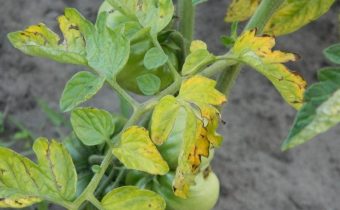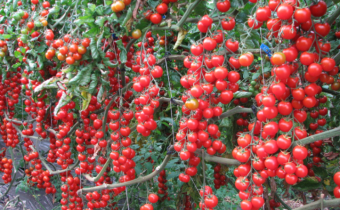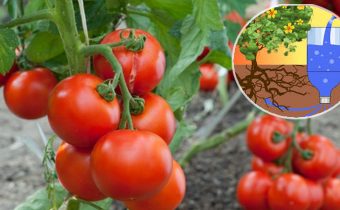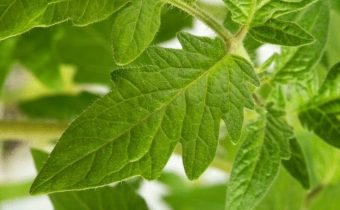Planting tomato according to the method of Mltlider
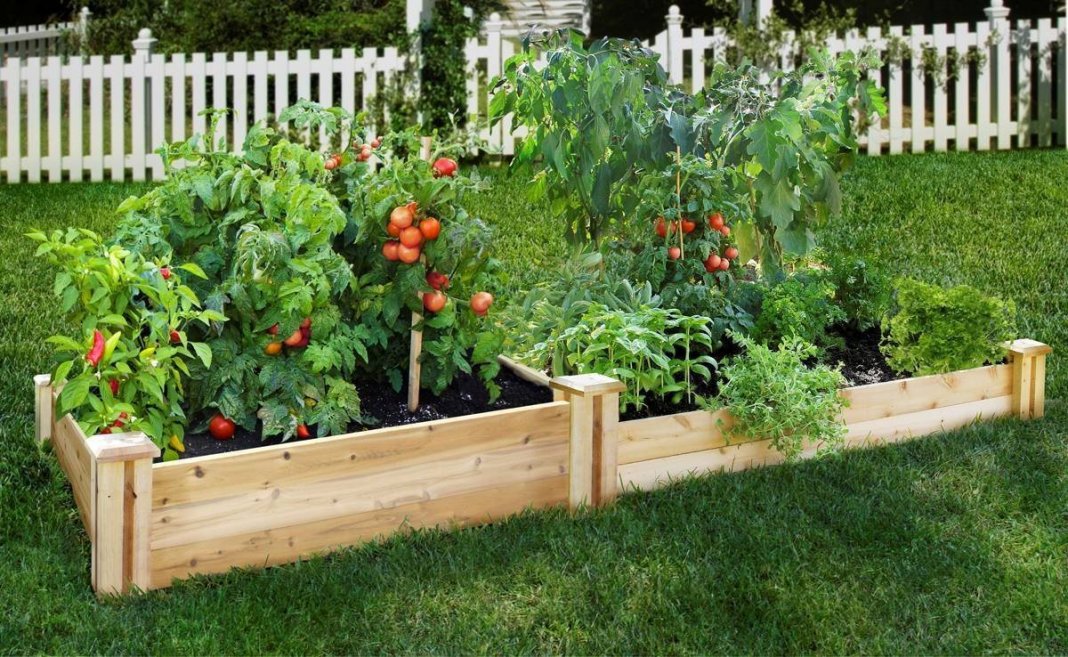
You can get a big crop of tomatoes, adhering to a special technique proposed by the American expert on agriculture, Jacob Meatlider. The method does not require the use of special skills. And, adhering to the advice and recommendations, 10 kg-12 kg of fruits can be removed from each tomato bush.
Autobiography
Known around the world, an American breeder scientist who was born a hundred years ago, throughout his life, was engaged in breeding new varieties of vegetables and flowers. Mitlider offered a unique, innovative technology for growing vegetables on small plots of land. Traveling in many countries, the scientist studied the growing conditions of plants in different climatic regions.
In 1975, he came to mind making the original greenhouse construction from polycarbonate. As well as the creation of raised symmetrical beds in which the grown crops were distinguished by good immunity and increased yield of yield.
Features of the method
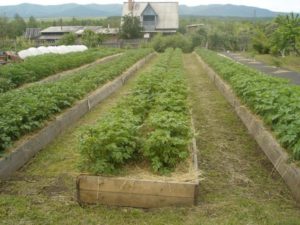 Mitlayder method is based on the cultivation of organic vegetables for a shorter time than with standard cultivation. At the same time, it takes less time and effort to care for crops planted in this way. Agrotechnical method provides:
Mitlayder method is based on the cultivation of organic vegetables for a shorter time than with standard cultivation. At the same time, it takes less time and effort to care for crops planted in this way. Agrotechnical method provides:
- the use of complex concentrated fertilizers that do not contain nitrates. When using such top dressing, tomatoes receive a balanced diet, which ensures: good development, rapid growth of the vegetative mass, acceleration of fruit ripening, resistance against diseases and adverse weather conditions;
- the creation of narrow beds for growing tomatoes in open ground conditions;
- construction of beds-boxes for the cultivation of tomatoes in greenhouse structures.
Growing tomatoes in the way of Mitlider in greenhouse structures in early spring or autumn, you should take care of additional lighting. For self-cleaning of nitric acid salts during photosynthesis, tomatoes need sunlight for 15-16 hours a day.
Advantages and disadvantages
Before using the mitlider method at the sites, one should learn about all the advantages and disadvantages of the method.
| Benefits | disadvantages |
| Ripening tomatoes 5-10 days earlier | The inability to cultivate tomatoes in marshy areas |
| The possibility of obtaining the harvest in regions with harsh climates | The cost of the purchase of complex fertilizers |
| Opportunity growing tomatoes in areas with close groundwater storage | Tedious work on the construction of high beds |
| Pathogen resistance | |
| No weeds | |
| Saving available space | |
| The possibility of growing tomatoes on ridges twice a season | |
| Timely intake of nutrients to the root system of tomatoes |
Russian interpretation
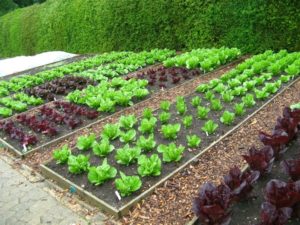 While living in California, Jacob Mitlider created a method of cultivation in the ridges, starting from subtropical climatic conditions. In regions of Russia with a cold climate, in order to use the mitlider method, boxes-ridges should be lifted by 5cm-8cm, using a layer of fresh mullein and organic material as a “heated cushion”.
While living in California, Jacob Mitlider created a method of cultivation in the ridges, starting from subtropical climatic conditions. In regions of Russia with a cold climate, in order to use the mitlider method, boxes-ridges should be lifted by 5cm-8cm, using a layer of fresh mullein and organic material as a “heated cushion”.
Boxes-beds can be successfully placed on balconies, loggias and rooftops.
Creating beds
Before building mitlider beds, you need to decide on the place, and also take into account the characteristics of the variety or tomato hybrid. Picking up a plot that is well lit by the sun during the day, select all the roots of weeds in it and level it.
Scheme
Before planting seedlings in boxes-beds, pay attention to the following requirements:
- ridge positioned strictly in a horizontal position;
- for accessible movement between plants, the sufficiency of light and oxygen in tomatoes, to create passages between beds of 75 cm-110 cm;
- to prevent water leakage, form protective bumpers;
- for good sunlight illumination, plant seedlings from north to south;
- tall tomatoes planted in a box 45 cm-50 cm wide in a row with the distance between plants 45cm-60cm, and undersized - 30 cm-45 cm;
- The timing of the planting of tomato seedlings depends on the weather conditions in the region.
Necessary materials
To create a garden with your own hands you will need:
- wooden bar with markings for marking boxes;
- 4 metal or wooden rods with pointed ends;
- a skein of fine durable thread;
- old roofing sheets;
- unpolished boards;
- porous volcanic glass to improve the porosity of the soil;
- land gathered in the woods or in the dug burrows of the blind;
- carbamide foam;
- mineral fertilizers: saltpeter, potassium, superphosphate, boric acid, manganese;
- organic residues: rotted manure, hay, straw.
Boxes-beds
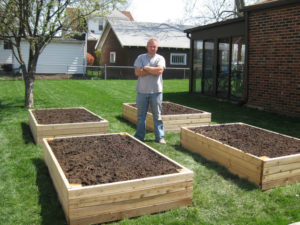 The creation of artificial soil in boxes-beds of porous volcanic elements, minerals and organic matter, promotes good aeration, neutralizes the growth of weeds. Growing tomatoes will protect the plants in the heat and when frost occurs, as the structures are easy to cover with polyethylene. Making the markup, prepare the materials and proceed to the manufacture of boxes:
The creation of artificial soil in boxes-beds of porous volcanic elements, minerals and organic matter, promotes good aeration, neutralizes the growth of weeds. Growing tomatoes will protect the plants in the heat and when frost occurs, as the structures are easy to cover with polyethylene. Making the markup, prepare the materials and proceed to the manufacture of boxes:
- heap uncooked boards or old slate into a frame with a height of 10cm-15cm, strengthen with pegs;
- Place black dense agrofibre on the bottom of the box, pour a ten-centimeter layer of polystyrene interspersed with porous volcanic material;
- on top of the drainage material lay a layer of earth mixed with organic matter and mineral fertilizers.
The growing season of tomatoes cultivated in boxes-ridges, stretches for 15 - 20 days due to the rapid warming of artificial soil.
Ground beds
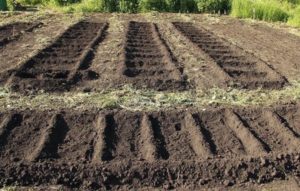 To create soil beds do not require the use of additional materials. In regions with a cold climate, a “warming pad” of fresh cow manure is added to the soil. It is much easier to care for such ridges, and during irrigation the water will not spread, remaining inside. After completing the appropriate markup, start creating:
To create soil beds do not require the use of additional materials. In regions with a cold climate, a “warming pad” of fresh cow manure is added to the soil. It is much easier to care for such ridges, and during irrigation the water will not spread, remaining inside. After completing the appropriate markup, start creating:
- using a chopper or a flat-cutter, make ditches 50cm-70cm wide with a height of soil boards 10cm-15cm;
- put polyethylene on the bottom of the ditch, then drainage and a ten-centimeter layer of fresh cow or chicken manure;
- on top of the laid components pour a layer of soil mixed with mineral fertilizers.
Further care
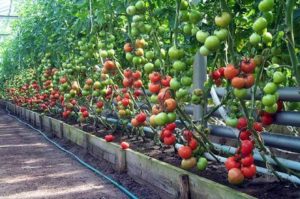 After planting the seedlings of tomatoes in mitliderovsky ridges, further care of the plants is: in systematic watering, enhanced dressing, preventive treatments from pests and diseases, garters and the formation of the bush.
After planting the seedlings of tomatoes in mitliderovsky ridges, further care of the plants is: in systematic watering, enhanced dressing, preventive treatments from pests and diseases, garters and the formation of the bush.
Top dressing
After full survival of seedlings to feed tomatoes, based on 10 liters of water:
- 15 g of potassium;
- 15 g of superphosphate;
- 200 g of iron sulphate;
- 15 g of zinc;
- 10 g of copper oxychloride;
- 15 g of magnesium sulfate;
- 5 g of boric acid.
Make a complex fertilizer should be every 15 days. Last feeding - 25 days before harvest.
Garter
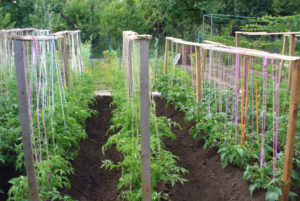 When the tomatoes reach a height of 30 cm-40 cm, tie the plants. To tie undersized varieties and hybrids to the hammered stakes once per season, tall ones - 3-4 times.
When the tomatoes reach a height of 30 cm-40 cm, tie the plants. To tie undersized varieties and hybrids to the hammered stakes once per season, tall ones - 3-4 times.
Forming a bush
After the garter of tomatoes, proceed to the removal of unnecessary stepsons and foliage. The leaves that touch the ground and thicken the bush should be cut, and the growing stepchildren. Tall varieties and hybrids form in one or two stems, removing unnecessary shoots, and low-growing tomatoes form in three or four.
To water the mitlider beds, the water should not contain calcium salts, but should be saturated with iron. Therefore, to irrigate the ridges, it is necessary to pour water into the old rusty barrels, insist for three days.
When growing tomatoes using a unique method, problems associated with plant diseases are eliminated, and crop quality is improved.


 (5 ratings, average: 4,80 from 5)
(5 ratings, average: 4,80 from 5)